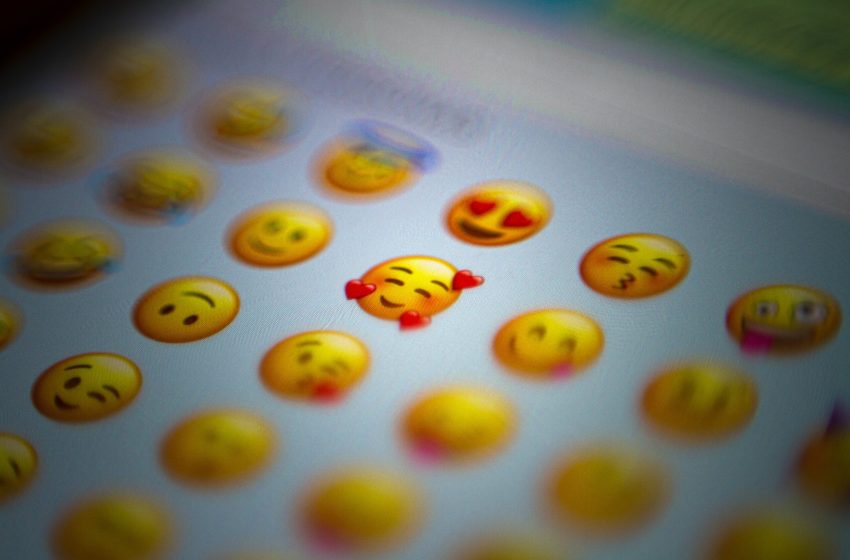
EBN- Individuals with higher emotional intelligence and secure attachments may send emojis more frequently, a study has found, because senders who use them aim to reduce uncertainty about what their messages convey, and thus learn how the receiver will interpret the communication.
According to the British newspaper, Daily Mail, researchers found that this was more common among women who tend to express themselves on a more intimate level.
However, people with avoidant attachment issues are less likely to share emojis with family, friends, or romantic partners.
The researchers found that men in the survey had higher levels of attachment avoidance than women, which the researchers linked to them sending fewer emojis to their partners.
Indiana University Study
This first-of-its-kind study, conducted by researchers at Indiana University, reveals the importance of nonverbal cues that can actually foster healthier, more meaningful relationships.
A sample of 320 adults, 191 women and 123 men, also observed their use of emojis across text messages, email, and other devices.
They were asked to complete an online survey that prompted them to share their demographic information, attachment style, emotional intelligence, and how often they used emojis.
The researchers found that participants often used emojis to reduce any doubt about what they were trying to communicate and convey the tone of the message.
They were also used to clarify messages, lighten the mood, or reveal their sense of humor to avoid any potential embarrassment.
The study, published in the journal PLOS ONE, suggested that “women may be more expressive of emotions, want to convey more complex meaning, and aim to be more precise in their computer-mediated communications, especially with friends and family.”
This type of communication was limited to everyday relationships, with participants showing that they were reluctant to establish this type of social contact with more distant people or business partners.
According to the study, emojis were also linked to more romantic and sexual interactions and were used to maintain a healthy connection after going on a first date.
The researchers built on attachment theory, which suggests that parent-child bonding experiences manifest in other relationships later in life, which can be demonstrated through virtual communication. Those who developed high levels of anxious attachment or experienced abandonment fears were among the participants who did not show emotional intimacy by sending emojis to others.
Higher emotional intelligence
Participants who demonstrated high levels of emotional intelligence by sending more emojis were found to have a combination of self- and social awareness and were better able to manage relationships and deal with conflicts.
The study found that people with higher emotional intelligence viewed emoji-laden messages as self-revealing, while those with avoidant attachment issues simply viewed them as people sharing factual information.
“This suggests that individuals with higher emotional intelligence are better at interpreting emotional cues in emojis,” the study said.
The way we interact during virtual communications may reveal something more about ourselves. It’s not just a smiley face or a heart emoji, it’s a way to convey meaning and communicate more effectively, and how you use it tells us something about you.


